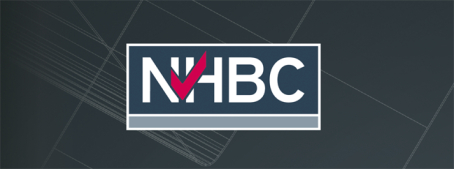What housebuilders need to know about the NHBC deflection limits
According to the NHBC Standards 2023, the deflection limit should be no more than 0.003 x the span for the combined bending and shear based on the total dead and imposed loads, with a maximum deflection of 14mm where strutting is provided, or 12mm where strutting is not provided. This applies to the instantaneous deflection, not the final deflection.
For existing plots where foundations were concreted prior to 1 January 2023, the former standards apply, and the new guidance does not need to be met. However, for new or existing plots where the foundations have been concreted after 1 January 2023, but the floors have been supplied, stored or ordered prior to this date, acceptance of floors designed to previous NHBC Standards will be accepted until 30 June 2023.
This means that from 1 July 2023, all new floors should meet the new requirements.
Why are deflection limits important?
Timber structures must satisfy deflection limits to ensure their serviceability, which means they can perform well and provide comfort and safety to the occupants and users. Deflection limits depend on the span, the load and the stiffness of the timber joists, and they are set to avoid excessive deflection that can cause problems such as cracking, malfunctioning, sagging, vibration or structural instability.
Housebuilders can work with roof designers on deflection limits
To ensure that the roof structure satisfies the deflection limits and provides adequate serviceability, housebuilders need to work closely with roof designers. They need to follow the NHBC Standards 2023 for the design of pitched roofs, which set out the technical requirements and guidance for roof structures. They also need to consult the technical manuals of the timber joist manufacturers, which offer useful information on deflection limits, span tables, load calculations and design details.
Moreover, they need to ensure that the roof structure meets the serviceability states and deflection criteria for metal roof sheeting, sheeting rails and profiled metal wall cladding, as recommended by the Metal Cladding and Roofing Manufacturers Association (MCRMA).
At Scotts Timber Engineering, we can provide technical support and advice on timber joist design and installation based on the NHBC guidelines. Contact our design team for further details.
Or, for more information on the NHBC’s deflection limits, visit the NHBC website
Contact us today to see how we can help.
